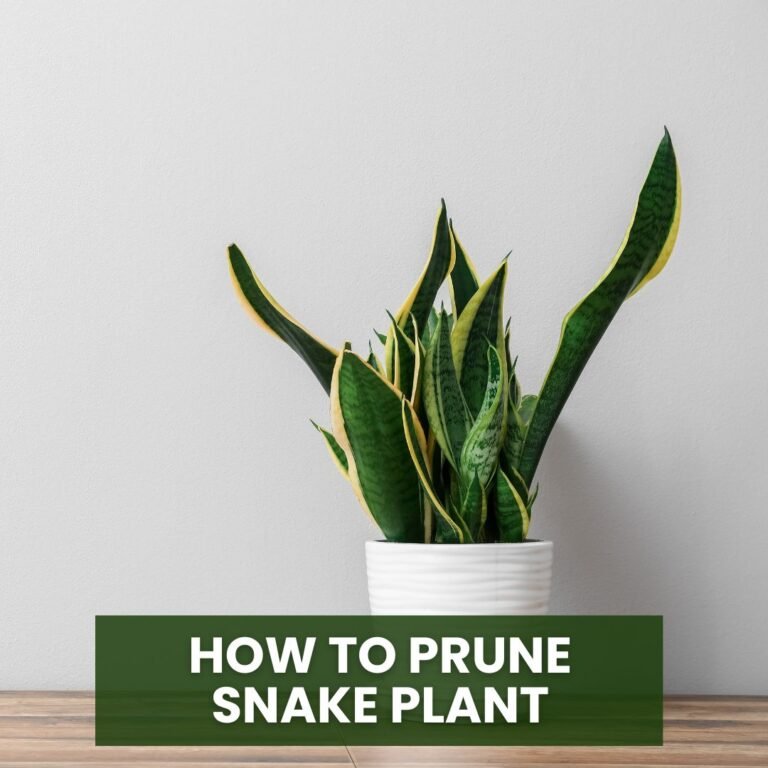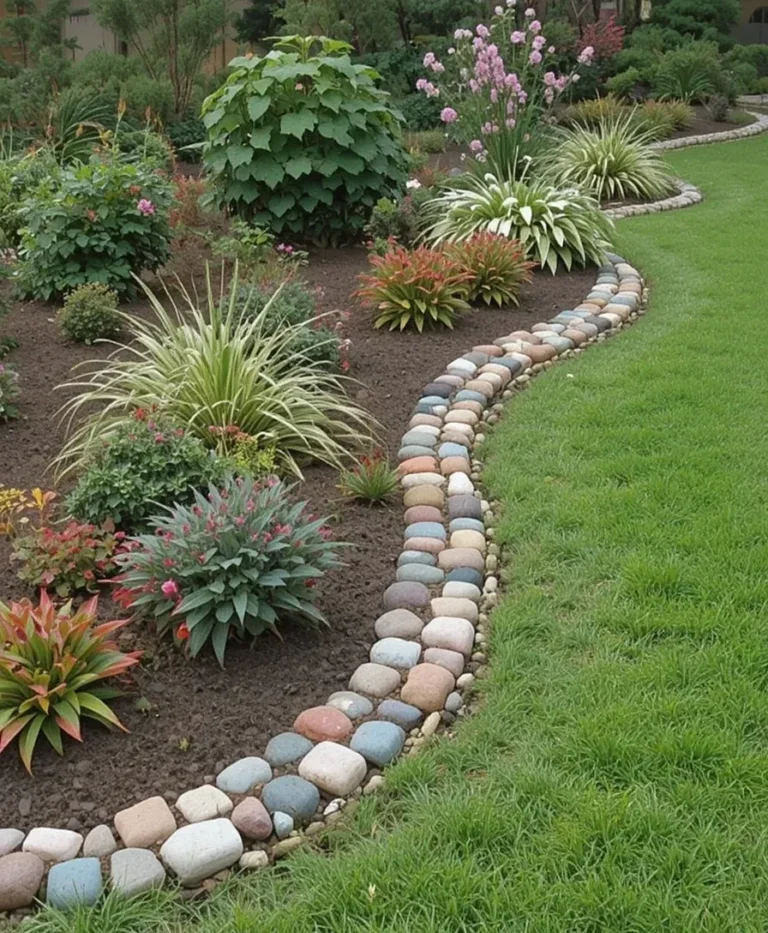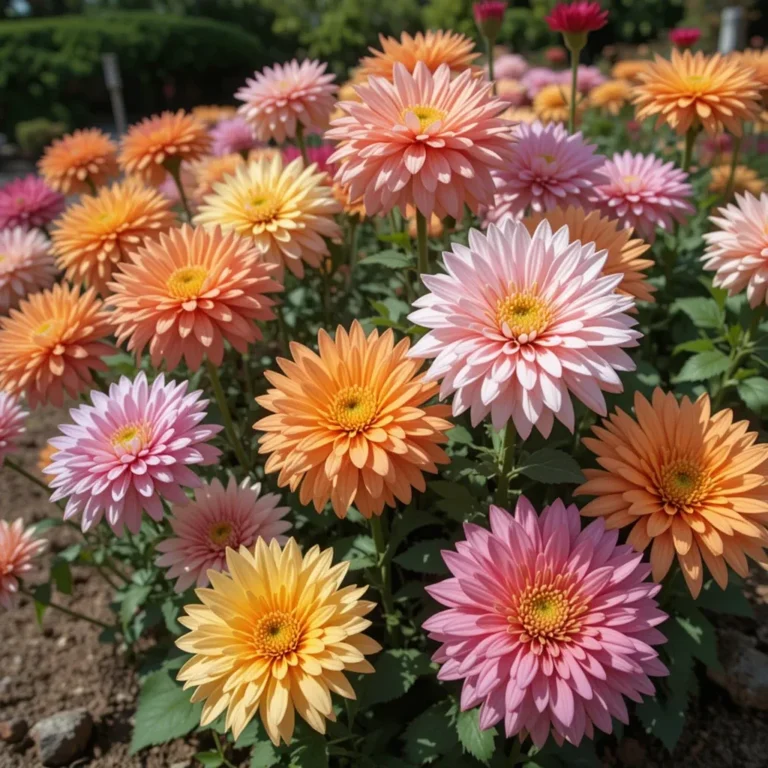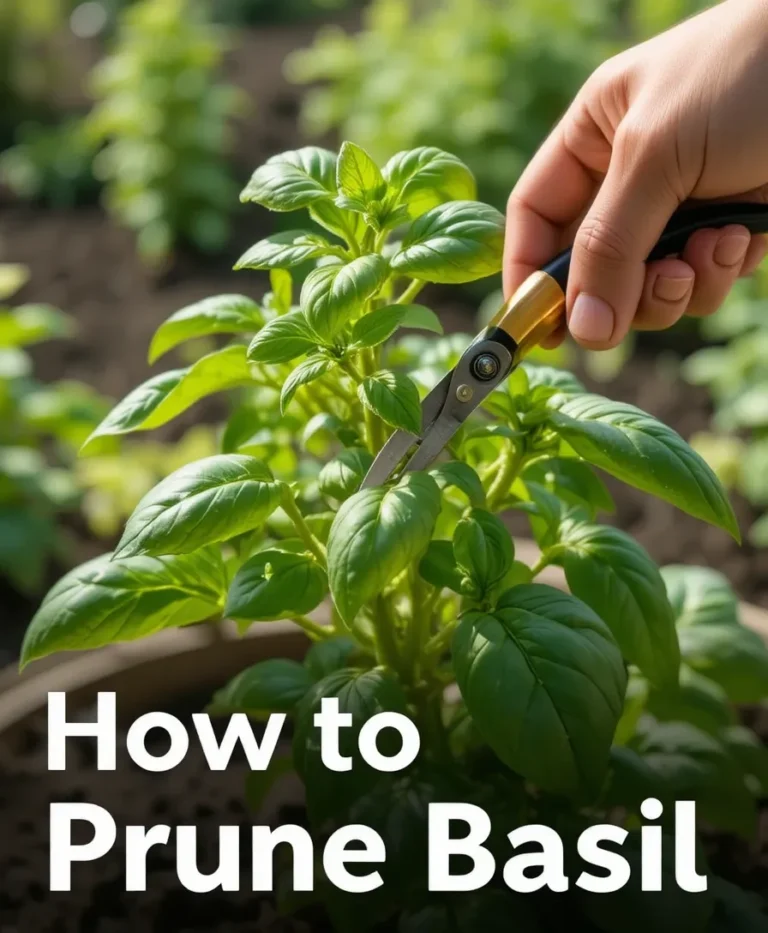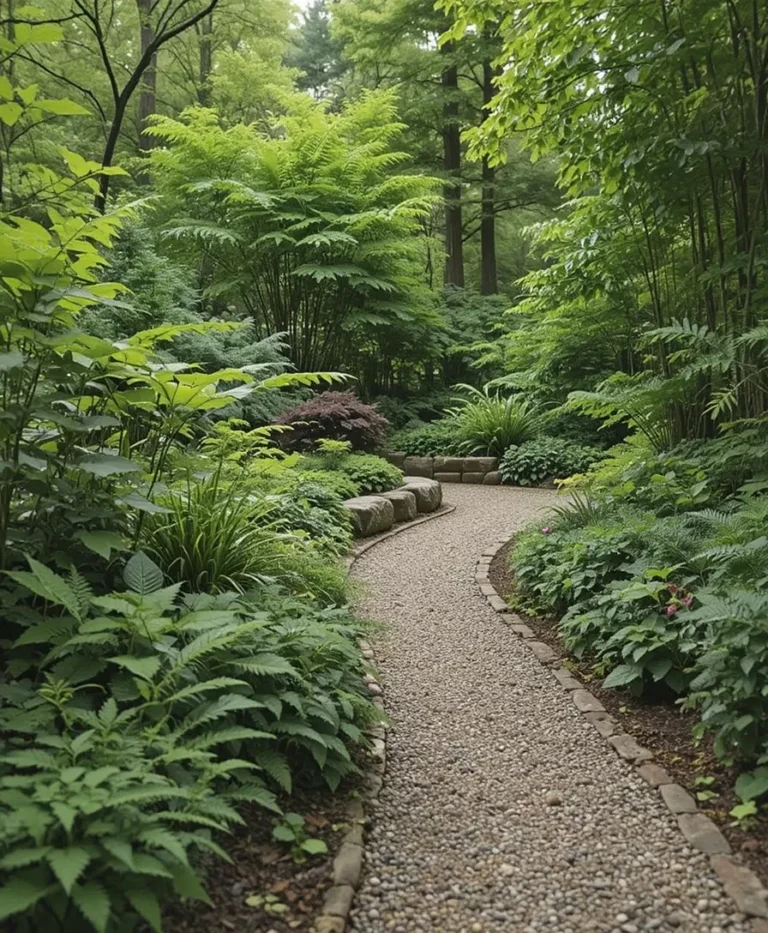How to Prune Lavender Plant: 12 Essential Tips for a Healthy Bloom
Lavender is a stunning, fragrant, and low-maintenance plant that can enhance any garden, patio, or backyard.
However, to keep it thriving and full of vibrant blooms, proper pruning is essential.
Many gardeners make the mistake of either over-pruning or neglecting it, which can lead to woody, sparse, or unhealthy plants. Knowing how to prune lavender plants ensures your lavender stays lush, fragrant, and productive year after year.
This guide provides practical, easy-to-follow tips for US gardeners, whether you grow lavender in pots or directly in the ground.
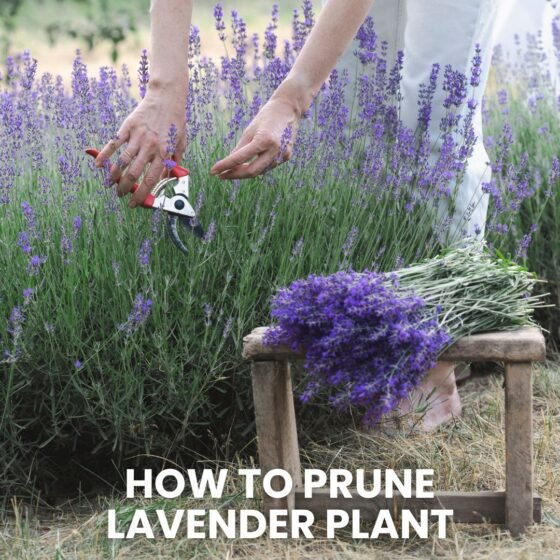
1. Understand the Right Time to Prune
The best time to prune lavender is after flowering, typically in late summer or early fall. This timing allows the plant to recover before winter while promoting strong growth for the next season. Avoid heavy pruning in early spring, as it may damage new growth.
2. Choose the Right Tools
Use clean, sharp garden shears or pruners to make precise cuts. Dull tools can tear stems, causing stress and making the plant more susceptible to disease. Sterilize your tools before pruning to prevent spreading pathogens.
3. Remove Dead or Damaged Stems
Start by cutting away any dead, diseased, or damaged stems. Removing unhealthy growth prevents disease spread and encourages air circulation within the plant, keeping it strong and vibrant.
4. Cut Back Flower Stems
After blooms fade, cut flower stems down to the nearest set of leaves. This prevents the plant from expending energy on seed production and directs growth into healthy foliage.
5. Avoid Cutting Into Old Wood
Lavender does not regenerate well from old, woody stems. Focus on cutting soft, green growth while leaving the woody base intact to avoid permanent damage.
6. Shape the Plant
Prune lavender to maintain a rounded, bushy shape. Trim around the edges evenly, which encourages new growth and prevents the plant from becoming tall and leggy.
7. Light Pruning in Spring
In early spring, you can perform light pruning to remove small dead tips and promote strong growth. Avoid heavy cuts at this stage to protect new growth from frost or cold damage.
8. Harvest While Pruning
If you plan to use lavender for essential oils, sachets, or crafts, prune stems carefully while shaping the plant. Cut when blooms are fully open for the most potent fragrance.
9. Mulch and Water After Pruning
After pruning, add a layer of mulch to protect roots and retain soil moisture. Lavender prefers slightly dry conditions, so avoid overwatering. Proper care after pruning helps the plant recover quickly.
10. Pruning Potted Lavender
For lavender in containers, prune regularly to maintain size and shape. Container plants can become root-bound, so pruning encourages compact growth and healthy foliage.
11. Maintain Annual Pruning Routine
Pruning once or twice a year is essential for a long-lasting, productive lavender plant. Skipping pruning can lead to woody, sparse plants with fewer blooms over time.
12. Watch for Signs of Stress
After pruning, monitor the plant for stress indicators like yellowing leaves or wilting. Adjust watering and sunlight exposure as needed to help the plant recover and thrive.
Helpful Tips for Pruning Lavender
-
Prune with caution: Never cut into old, woody stems as lavender may not regrow from them.
-
Use angled cuts: This prevents water from collecting on cut stems, reducing the risk of rot.
-
Don’t remove more than one-third at a time: Excessive pruning can shock the plant.
-
Combine pruning with feeding: Lightly fertilize after pruning to encourage healthy growth.
-
Prune regularly: Consistency maintains shape, encourages blooms, and keeps the plant healthy.
Final Thoughts
Pruning lavender is an essential step to maintain its beauty, fragrance, and health. By following these 12 lavender pruning tips, you can keep your plants bushy, productive, and full of vibrant blooms.
From proper timing to careful shaping and avoiding cuts into woody stems, these strategies ensure long-lasting, fragrant plants.
With consistent care, pruning transforms your lavender into a centerpiece of your garden or patio, providing beauty and aroma year after year.

